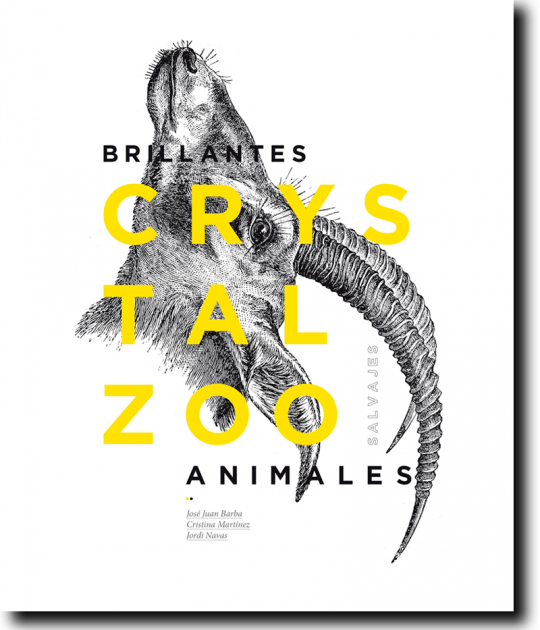These two new buildings that are constructed bring a set of dotacional social character to this small town. In own words of CrystalZoo, they create a dynamic proposal, whose facades serve as a polarizer of the culture in the town center area, as an icon of culture and modernity. Inside both building, they always look for visual opening towards the outside landscapes. They create in the roof of the Day Centre, a new public square that opens like a lookout towards the sea.
Descripction of the project
This new Crystalzoo project is located in the centre of La Nucía, a small town close to several tourist centres including Benidorm.
The project was commissioned by La Nucía’s town hall. The initial proposal was for a new Medical Specialist Centre for the area of Marina Baixa, to which a Day Centre was added. Both buildings were planned on adjacent plots linked by their rear façade. The project was conceived as a ‘complex carried out in two phases’.
The complete project established a series of strategies to link it to its functional and constructed surroundings, proposing visual links with the pre-existing structures and gathering together social and welfare services.
‘The position of the naves of the San Rafael chapel gave us a space in the form of a cross that articulates the whole structure and connects the common spaces with their surroundings, with the distant green spaces and with the Mediterranean framed by the side of Mount Captivador, creating new sensations and unexpected landscapes seen from the waiting rooms.’
The first project to be built was the Medical Specialist Centre. Access is through a space that leads to the interior. One of the walls is black and makes the visitor slip towards the interior creating a kind of transition space (the walls on the upper floor can’t be folded) of double height where the architects used a formal strategy that appears in other projects: a typographic design covering the walls. The typography is a constant feature that accompanies the visitor as he discovers the interior.
The building consists of three floors (the ground floor plus two) with a large central space that is an articulating axis for the interior spaces of the building. These interior spaces energise movement and create lines of vision and cross-flows that create more peaceful interiors, providing views of the outside landscape.
The project’s aim for the façade was to create dynamism. In the words of the architects ‘to be a polarising element of the culture of the town centre. As an icon of culture and modernity’, a strategy that was later used in the adjacent building.
The second phase of the project was the building for the Day Centre. It planned to create an open building to not only accommodate the programme but also to partially incorporate the façade and the patio of the Medical Specialist Centre ‘in order to complete our building.’
The different position of the second building, located on a corner with façades with northern and eastern exposures, resulted in the creation of improved sun exposure and lighting in the interior spaces through a central patio, open to the streets where the building has a façade, creating an interior space in the plot that opens like a small public street-square, now part of the town.
Access to these spaces is through a porch that acts as a filter and a transition element toward the interior street-square which becomes ‘an element that articulates the Day Centre as it maintains the visual lines interrelated with the spaces of the whole complex.’
The Day Centre was designed as an ensemble of a series of bright spaces that on different scales allow different uses and offices, while accommodating meetings of large groups.
As a finishing touch to the building, an upper garden was planned, using the roof as a ‘raised square’ from where views of the sea can be enjoyed, framed by the side of Mount Captivador.
‘The project is a modern building that responds to its surroundings, whose façade uses the same finishes as the multi-function centre as it forms part of a complex with a social character.’
Text.- José Juan Barba
















































![10 Architecture Studios Led by women [XII] 10 Architecture Studios Led by women [XII]](/sites/default/files/styles/mopis_home_news_category_slider_desktop/public/2025-03/metalocus_10-arquitectas-xi_01b.jpg?h=3b4e7bc7&itok=KFjWtS5J)








